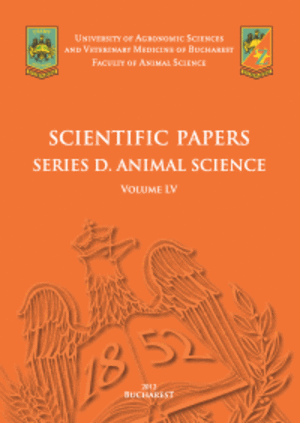Published in Scientific Bulletin. Series F. Biotechnologies, Vol. XXIX, Issue 1
Written by Denisa Eglantina DUȚĂ, Gabriela Daniela CRIVEANU-STAMATIE, Cristian FLOREA, Mihaela ANGHEL (MULȚESCU), Adriana Laura MIHAI, Claudia ZOANI, Nastasia BELC, Michael RYCHLIK
The study aimed to valorize the whey resulting from dairy technology by its incorporation in grissini food products. It aimed to evaluate the consumers’ acceptability of the new product and the market potential through a cross-country trial and survey conducted in parallel in Romania and Italy. Whey ultrafiltration concentrate used in the grissini recipe had high protein, fat, and sugar content. Grissini obtained by replacing water with whey were characterized by a higher protein content, total phenolic content, and antioxidant activity than the control sample made with water. Acceptance of the new product obtained was assessed with 100 panelists in Italy and 102 in Romania, respectively. Respondents answered a questionnaire and tested the grissinis. When it came to the acceptability of the samples made with whey, in both countries, the consumers showed a higher appreciation than for the control sample. A similar percentage of respondents (50% in Italy and 48% in Romania) were willing to pay 1.5 euro (8 lei)/100 g product. In general, participants in the study are keen to pay for innovative products at the same price as for conventional products.
[Read full article] [Citation]




